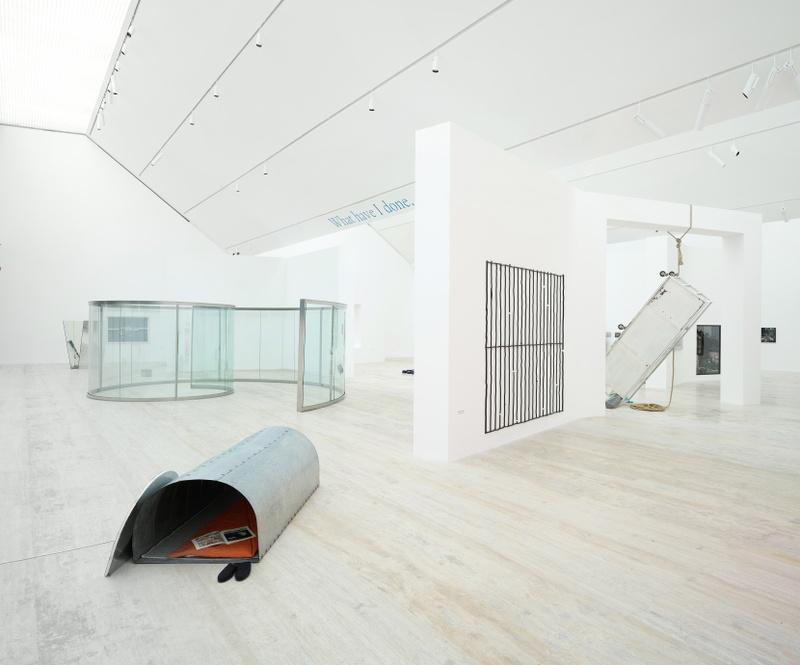From his first artistic incursions in the 1960s, Dan Graham’s multidisciplinary practice has spanned writing, photography, video, and performance. However, it was from the 1970s onwards that he began creating structures that combined his interest in sculpture and architectural design. He called these buildings pavilions, taking up the idea of the decorative edifices that adorned the gardens of royalty in the 17th and 18th centuries. But while the pavilions of the past were often inspired by the ruins of classical antiquity, Graham’s works evoke modern buildings and office towers, made of glass, two-way mirrors, and stainless steel. Marked by a childhood reading science fiction and growing up borderline schizophrenic, optical distortions in his works relate to the paradoxes and perceptions of time present in both experiences. “Without people in them, they might look a bit like minimal-art sculptures, but that’s not what they’re meant to be,” commented the artist, “my pavilions derive their meaning from the people who look at themselves and others, and who are being looked at themselves.” This is the case of Groovy Spiral, a structure at once transparent and reflective, which is inhabited and activated by the presence of the viewer.
Image: Courtesy Lisson Gallery, London











